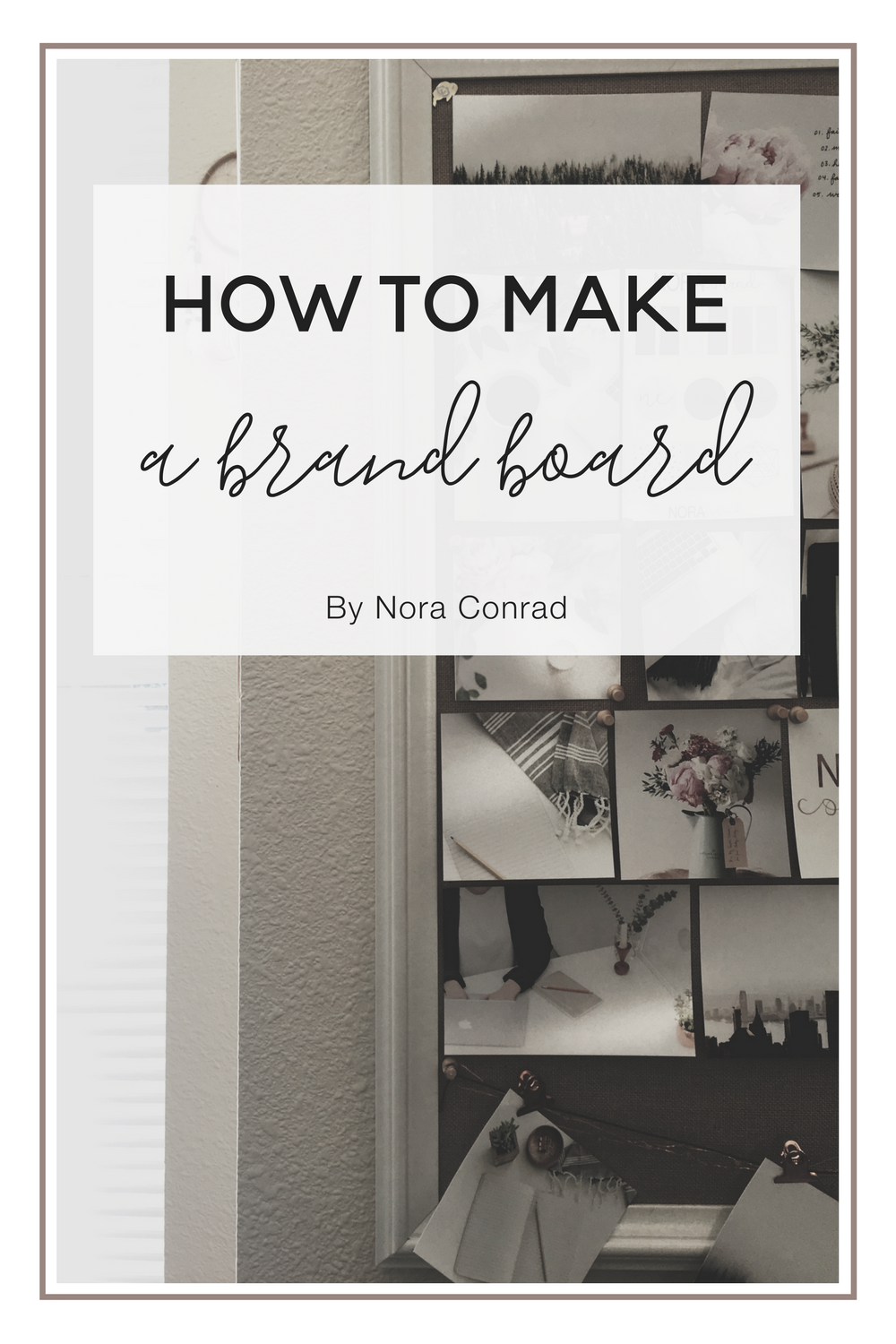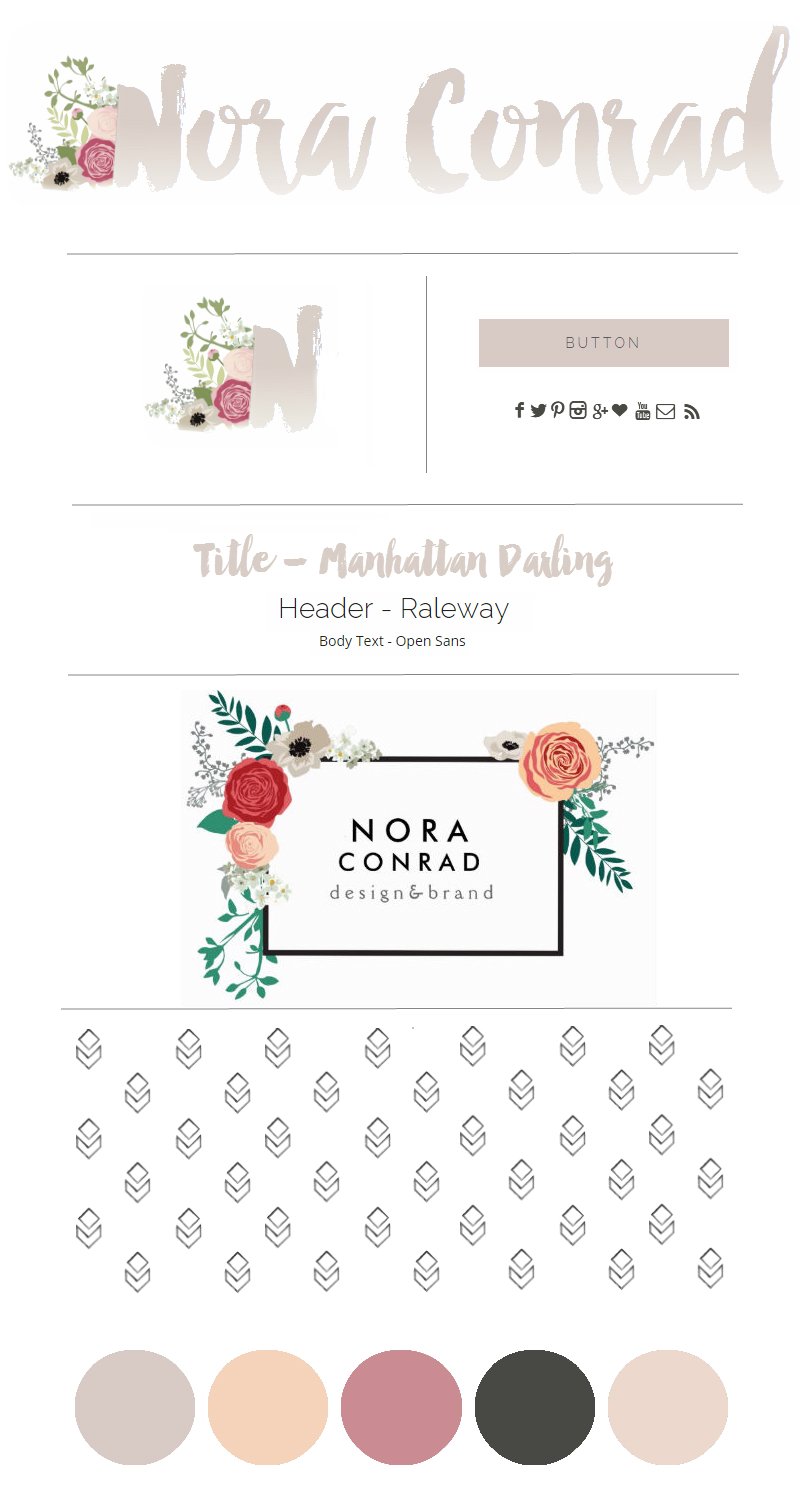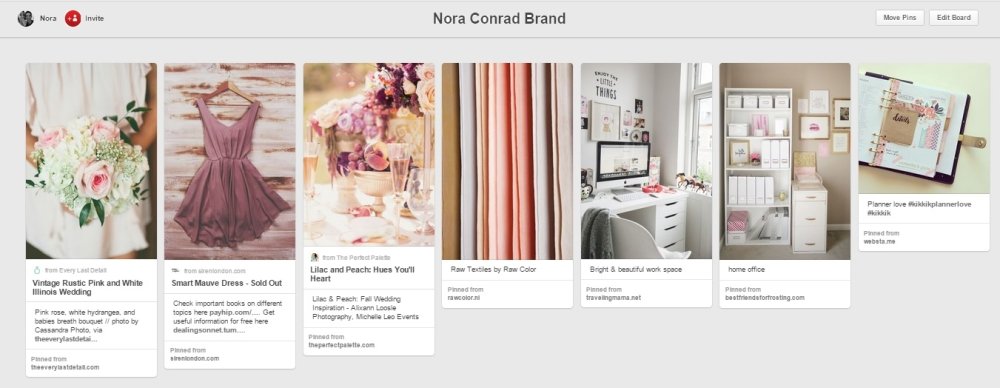How to Build a Brand Board
A What?
A brand board! I've seen it called a brand sheet, style guide, brand style board, branding index, brand cheat sheet, and brand template. I'm going to call it a brand board just to make things easy.
This is a brand board for this site:
Fancy, eh?
A brand board is (usually) a vector or PNG file with all your brand images on it. This brand board has my color scheme, logos, header and fonts. It's a quick resource to look at when I'm designing something new and want it to match my brand. It's also an easy way to use my logos for social media and advertising.
Brand boards are fairly simple to make and definitely a handy tool. They allow you to set standards for your brand and remain consistent while sharing your image.
Making a Brand Board
The Brand Elements
The idea is to organize all your brand elements onto one "board" so you can easily share, print and move the images. Brand elements are the photos or icons that go on the brand board. Some elements could be;
- Brand logo (The logo you'll use most often)
- Social Media Icons (These should match your color scheme)
- Profile Header Images (This might be the same as your logo, it might be different)
- Color Schemes or Inspiration (3-6 colors are the best, one background, one for font and some accent colors)
- Fonts and Headings (This is more important if you have a website or blog)
- Other brand logos and images (Any alternative logos, icons or images you'll be using)
Each element should be created on it's own then added to the board when it's complete. I use Adobe Photoshop Elements 7.0 - but there are free alternatives such as Canva, PicMonkey or my favorite Pixlr. If you want to be able to re-size your images without any change in quality, you'll want to create a vector in Adobe Illustrator.
Finding Inspiration
When creating your elements, you should first decide on a theme and a color scheme. This helps you focus on an idea and use that theme on all your elements, giving it the same feel. One of the best ways to do this is to create a private pinterest board.
I created a pinterest board for NoraConrad.com when designing the brand. I used elements from the board to inspire my logos and colors. You can have 5 pins or 500 - as long as it will narrow down what you want for your brand. I try to avoid pinning other brand boards, it helps keep original ideas in my mind rather than copying elements from other brands.
Putting it all together
Whether you make the elements yourself or hire someone to do it for you, the last step is to put everything onto your board.
Open a New file in Photoshop and make it as large as you need. None of the images on my blog need to be wider than 1000 pixels so my final brand board is 1000px wide by 1000px tall.
Add all your elements as a new layer. I save the PSD file to my computer to use when making new images or changing any logos. I also save the photo as a high quality JPEG so that I can share it on my blog and social media pages. I also have a folder where I save each individual element of my blog.
Using your brand board
The first thing I did when finishing my board was pinned it on Pinterest with a link to my site. Especially as a designer, it's important to show people what you can do and what your brand is all about.
I used my brand elements to make all my social media pages matchy-matchy and recognizable. I used the colors from my board to design my blog & change the font settings.
When it came time to design the images for my blog post, I went back to my brand board and used it as inspiration to design the images. I use the same little box at the bottom of my photos so that readers instantly recognize where the post is from.
Do you have a brand board? What are other ways you use it?



